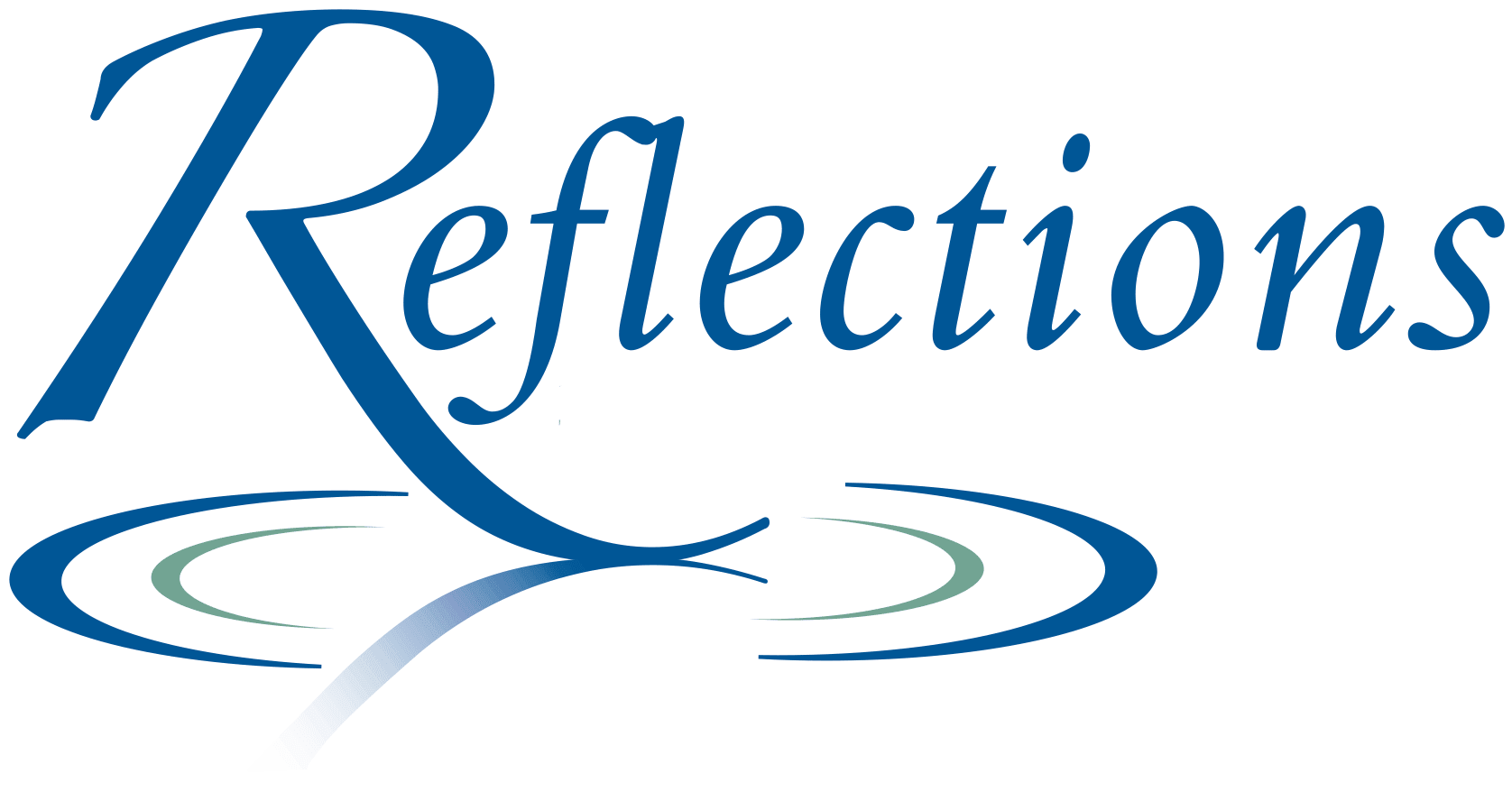Data is a resource that has become an essential element of the business world. It can be used to determine the fate of the company. Power BI and Microsoft Fabric are powerful tools that companies employ to make the most of data. These platforms form the basis of business intelligence, and when integrated with Azure Data Factory, they can be a force that is unstoppable in data analytics and decision-making.
Power BI: Your Business Intelligence Companion
Power BI is an application for business intelligence by Microsoft that helps organizations visualize their data and share information. Users can design interactive reports and dashboards, transforming information from raw data into meaningful insights.

Power BI is scalable to accommodate your company’s needs. Power BI seamlessly integrates multiple data sources and makes it easy to consolidate data from multiple platforms and databases. With its simple drag-and-drop interface even non-technical users will be able to quickly develop insightful reports and analyzes.
Power BI’s platform enables real-time data processing. This means you’re always working with current information. The platform offers a variety of visualisations that permit you to present information in a digestible, compelling way. The ability to collaborate and share reports with colleagues enhances decision-making and fosters a data-driven culture in your workplace.
Microsoft Fabric Weaving Data Excel
Microsoft Fabric is a framework that orchestrates and connects data from Microsoft services. Fabric is the thread that ties your data into a unified functional entity that allows businesses to derive insights seamlessly.
Microsoft Fabric helps businesses maintain data consistency and integrity as they handle increasing data volumes. Microsoft Fabric integrates a variety of applications, including Azure Data Lake Storage (Azure SQL Data Warehouse), Power BI, and a host of others. This connectivity ensures that information is flowed smoothly and that data can be drawn from diverse sources.
Microsoft Fabric excels in data transformation. Make use of it to cleanse and prepare data for analysis. You can also use it to ensure that your data is compliant to your company’s guidelines for data governance. Microsoft Fabric is the software that makes sure that your data is secure and accurate. It is also prepared for analysis.
Azure Data Factory – The Gateway to Data Transformation
Azure Data Factory is another essential component in the modern business intelligence landscape. This cloud-based service allows you to manage and plan data-driven processes. Through orchestrating data movement and transform data, Azure Data Factory paves the way for meaningful insights.
Azure Data Factory offers a number of strengths, including the ability to integrate with many data sources. No matter if your data is located on-premises or is in the cloud it can be seamlessly integrated, ensuring you have an all-encompassing view of your data ecosystem. The platform is able to handle batch processing, real-time data streams, as well as big data analytics, which makes it ideal for a broad range of scenarios.
Azure Data Factory offers a visual interface to facilitate the creation of data pipelines. It’s simple to design, schedule, and monitor data workflows even if you’re not a coding expert. This empowers business users to make decisions about their data integration processes and can open the way to self-service data preparation.
The Power Trio: Power BI, Microsoft Fabric, and Azure Data Factory
If Power BI and Azure Data Factory when combined together, they create an impressive trio that can transform your data analysis processes. How do they interact?
1. Data Integration Azure Data Factory can connect to a variety of sources of data and make sure that your data is available. The ability to integrate data is integrated into Microsoft Fabric, which orchestrates the data from various services. This ensures that your data is properly arranged, cleaned and then it’s ready to be used in Power BI analysis.
2. Data Transformation: Microsoft Fabric is a essential component of data transformation. It allows you to transform your data according to your preferences. Fabric is an effective tool to transform data, data cleansing and data processing.
3. Power BI is able to be a part of your data after it has been refined and prepared. It allows you to create visually appealing dashboards and reports which make data that is complex simpler to comprehend. The insights you gain are shared with the team members to inspire data-driven decisions.
4. Scalability: Azure Data Factory scales seamlessly to handle growing amounts of data. Additionally, the combination of Power BI and Microsoft Fabric makes sure that your data remains steady and reliable as your business expands.
5. Power BI & Azure Data Factory provides real-time insights that is essential to a rapid decision-making process.
The end of the article is:
To stay competitive in the world of business intelligence businesses must be able leverage data effectively. Power BI combined with Microsoft Fabric and Azure Data Factory can take your business analytics to a new level. This trio will help you create stunning visualizations, ensure consistent data quality, and simplify the data flow. Let your data shine with the help of business intelligence.
